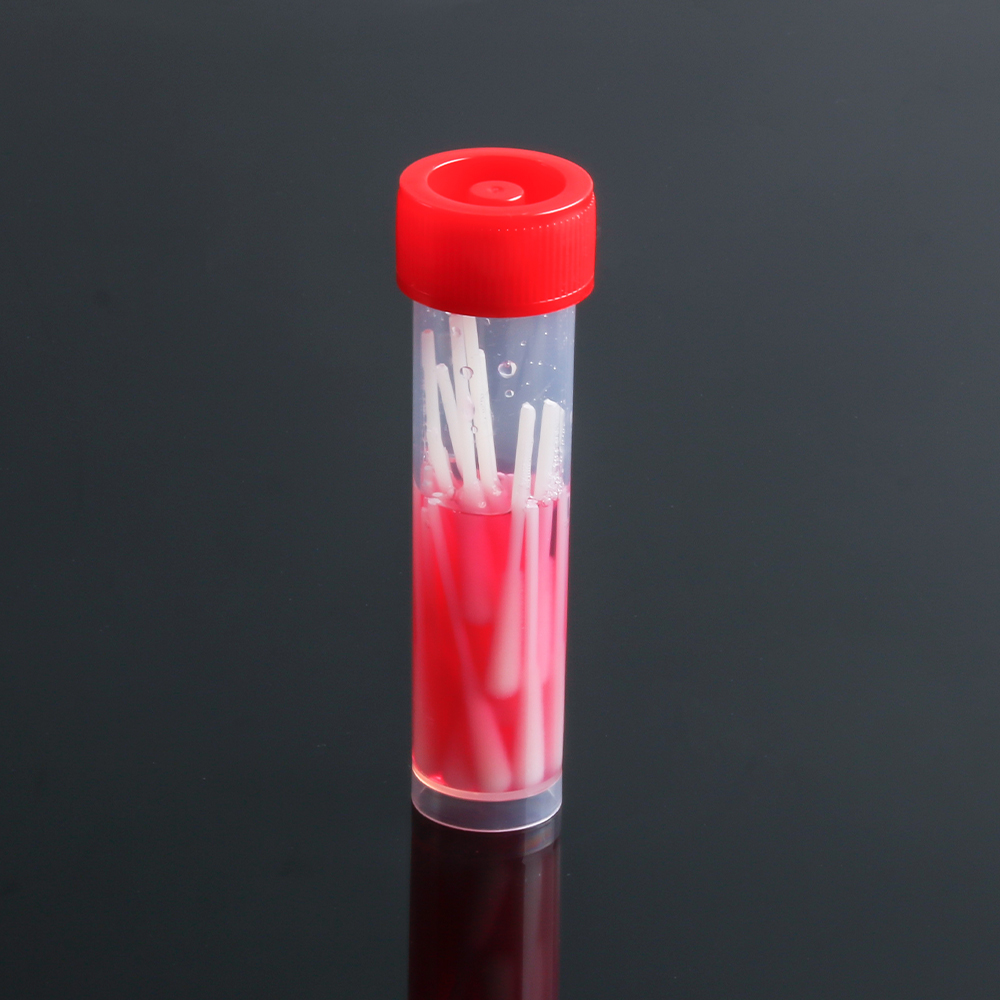The global novel coronavirus outbreak has now reached a critical stage, and the most reliable means of rapid diagnosis remains a positive nucleic acid test. There has been a tremendous breakthrough in the diagnosis of novel coronaviruses, but clinicians, especially testing physicians, are still faced with the following serious problems.
1, the safety of the specimen problem
The majority of the struggling front-line "white angel", especially the test physicians, always face the risk of infection, although there are a variety of protective equipment, but if you can not guarantee the safety of the specimen, will increase the risk of infection. Therefore it is very important to ensure that the virus is inactivated and the safety of the collected specimens.
2、False negative of test results
The existence of false negatives plagues the clinic and affects the diagnostic accuracy, for which sample collection and preservation are the biggest problems. The Pneumonia Prevention and Control Program for Novel Coronavirus Infection (Fifth Edition) has published the collection methods for nasal swabs, pharyngeal swabs, sputum, lower respiratory secretions, blood, and stool. The incorrect way of collecting samples and the way of preserving them can lead to the degradation of viral RNA and directly result in false negative test results.
Varicom's new coronavirus sampling tool provides the perfect solution
Warricom offers swab sample collection tools for various virus types including novel coronavirus (2019-nCOV), which can provide a perfect solution.
√ Rapidly inactivatable viruses: including novel coronavirus, influenza A virus and many other viruses.
√ Preservation solution: preserves RNA and prevents degradation
√ Safety and security: Upright design, sampling and preservation in one step, reducing personnel exposure.
Delivery of culture medium swabs
Single-use virus sampling tubes
Nasal swab
Virus sampling swab
Warrican virus sampling tube
New virus collection tube sampling steps
(1) Collectors need to be qualified by biosafety training and have the corresponding experimental skills. Sampling personnel protective equipment requirements: N95 and above protective masks, goggles, one-piece protective clothing, double-layer latex gloves, waterproof boot covers, etc., such as direct contact with the specimen should be replaced in a timely manner after the protective equipment.
(2) Sampling specimen type: pharyngeal swabs, nasal swabs.
Pharyngeal swab collection method: wipe bilateral pharyngeal tonsils and posterior pharyngeal wall with a plastic rod swab with polypropylene fiber head
Nasal swab sampling method
Nasal swab collection method: insert a polypropylene fiber-tipped plastic rod swab gently into the nasal tract at the nasal palate, stay for a moment and then slowly turn to exit. Take another plastic rod swab with polypropylene fiber head to collect the wall of the nostril on the other side in the same way.
(3) Preservation of the specimen: Immerse the swab head into the tube containing the virus preservation solution, discard the stem along the sampling swab fold point and screw the cap tightly


